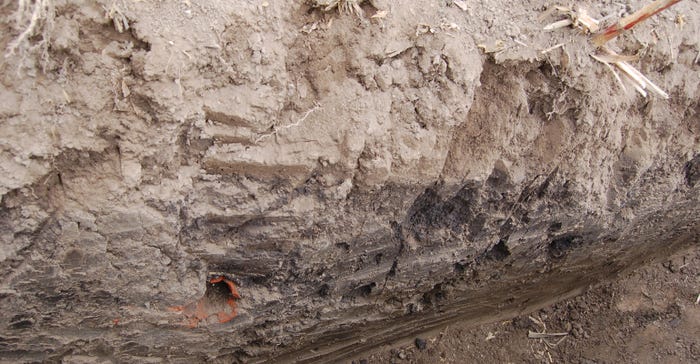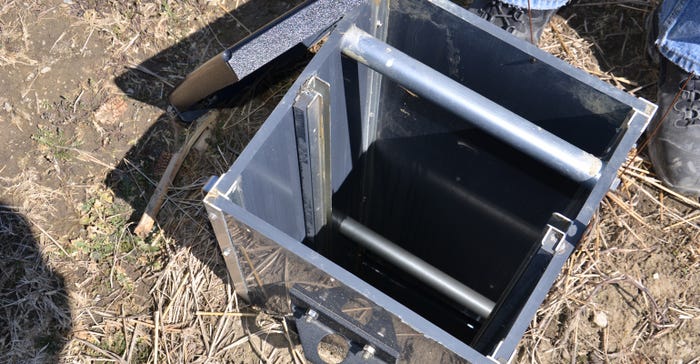
The task assigned to Dennis Bowman was a tough one: convince a room full of farmers why they should limit water coming out of their tile lines at certain times. If it sounds 180 degrees reversed to you, you can bet it did to the producers in the room.
“The concern is about nitrates leaving the field in tile drainage water and entering streams,” says Bowman, an Extension educator in commercial agriculture with the University of Illinois. “Water quality specialists say hypoxia in the Gulf of Mexico is partially caused by nitrates, which flow from farm fields and then down the Mississippi River.”
Hypoxia refers to a condition where oxygen becomes limited in the water, affecting fish and other aquatic species. The problem is serious enough that regulations could be mandated if farmers don’t reduce nitrate flow voluntarily.
Reducing nitrogen loads
Laura Christianson at U of I led a team-based effort to research ways farmers could reduce nitrates. Their findings so far were recently published as “Ten ways to reduce nitrogen loads from drained croplands in the Midwest.”
Those assisting her included Jane Frankenberger, Extension ag engineer at Purdue University; Matt Helmers, Iowa State University; Gary Sands, University of Minnesota; and Chris Hay, Iowa Soybean Association. Other contributors included staff from South Dakota State University, Iowa State University and USDA Agricultural Research Service.
Three of the 10 ways to reduce nitrogen loss relate to rethinking drainage management. Here’s a closer look.

TILE DEPTH MATTERS: Note the old clay tile line in the lower part of the picture. Cut when this trench was dug, it illustrates that even old clay tile lines were often installed deep in the soil.

1. Reduce the intensity of drainage within a field. The trend is installing smaller-diameter tile, but at closer intervals in heavy soils. Tile spacing of 30 feet or narrower is common today.
“What we’re finding is that wider spacing of tile lines reduces nitrate loads coming out of tile water,” Bowman explains. For example, in one Purdue study, Eileen Kladivko, a Purdue agronomy professor, found that the annual average nitrate load in tile water pushed 40 pounds of N per acre at spacing of 16 feet, was under 30 pounds at 33 feet, and just over 20 pounds at 66 feet.
Experts believe it’s possible to grow crops effectively without removing excess water that takes nitrates along with it. Someone coined the following phrase as the “golden rule of drainage”: “Drain only what is necessary for good trafficability and crop growth — and not one drop more.”
The second component of reducing drainage intensity is installing tile lines at more shallow depths, Bowman says. Water quality proponents propose tile depths of 30 to 42 inches, instead of traditional 36- to 60-inch depths. Minimum installation depth is 24 inches.

REGULATE WATER TABLE: One option is to install control structures that allow you to raise or lower the water level in the field by manipulating how efficiently tile drains work.

2. Manage drainage water with controlled drainage management. When Mike Werling, Decatur, Ind., installed a new drainage system in a small field, he included a water control structure. He regulates the water table level during the season. He can add or take away gates inside the structure to raise or lower the water table. “Typically, you would raise the water table level after harvest to reduce drainage and nitrate loss,” Bowman says. “You could lower the outlet for spring planting, then raise the outlet again during summer to acceptable levels.”
3. Recycle drainage water into a pond and then back into the field. A few farmers have tried this practice over time, primarily so they could pull water back into the tile system through the summer.
“This practice would require a larger upfront investment, and also requires devoting acreage to a pond or reservoir,” Bowman says. To recycle tile water on a 100-acre field, you would need a 3-acre holding pond about 11 feet deep.
About the Author(s)
You May Also Like




